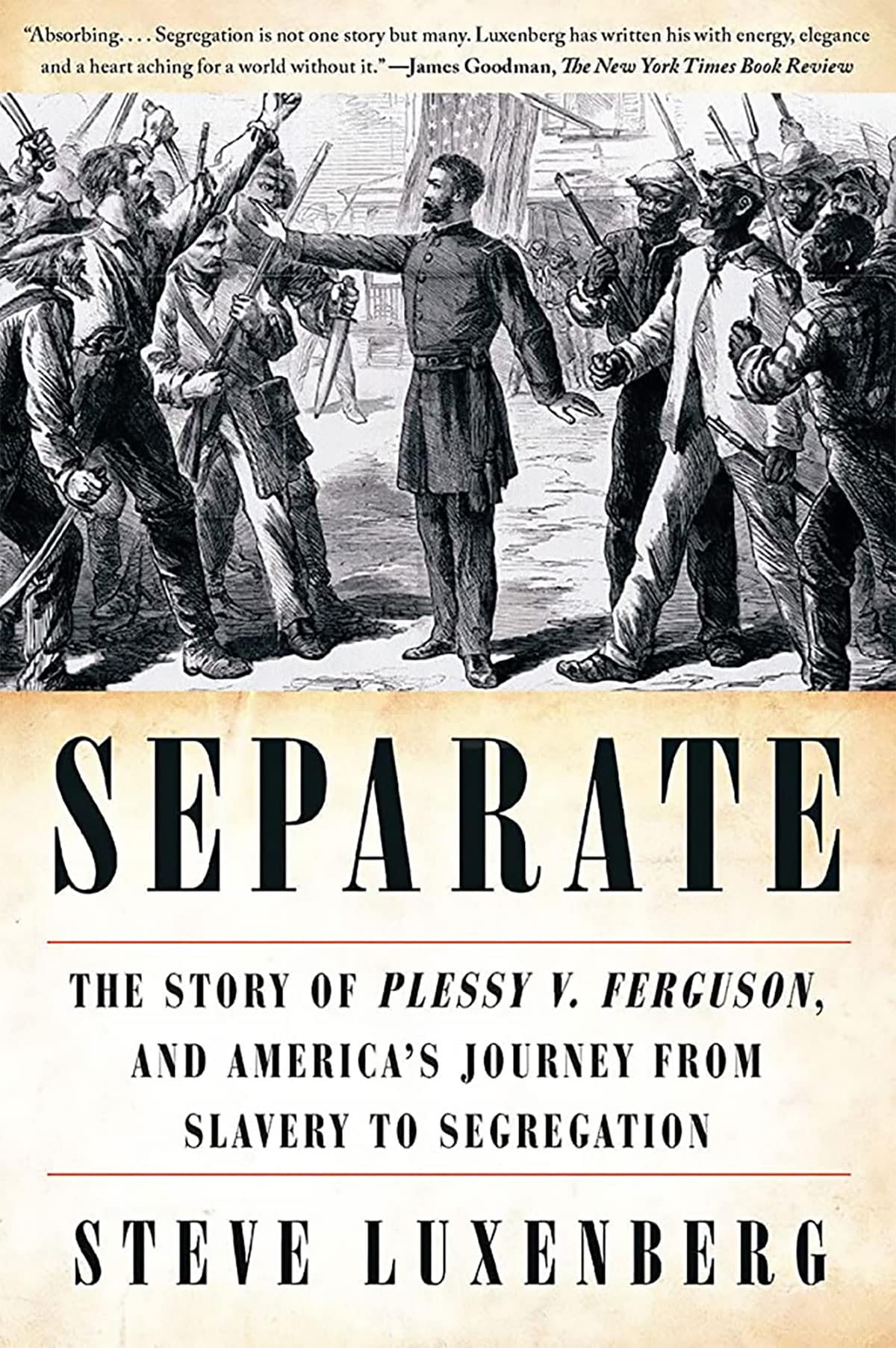Mississippi Today
110 years of history tell us why State is favored over Ole Miss tonight


The Ole Miss-Mississippi State basketball rivalry, 110 years old this month, will be renewed tonight at Humphrey Coliseum in Starkville.
If history tells us anything, it is that the home team has a massive advantage. You could look it up.

In fact, I did. The 96 miles that separate Oxford and Starkville make a huge difference.
When Ole Miss plays in Starkville, State wins 78% of the time. When State plays at Oxford, Ole Miss wins 65% of the time. Overall, State leads the series, having won 149 of the 269 previous meetings.
Ole Miss won this year's first meeting, 86-82, on Jan. 30 at Oxford.
But the home team advantage dates all the way back to 1914.
On Feb. 26, 1914, the two teams played for the first time at Starkville. If the final score is any indication, Ole Miss played as if the university boys had never seen a basketball before.
State won 68-15. They played again the next night, again at Starkville. It was even worse. State won 84-18. It was as if Ole Miss had to shoot at a moving basket.
Interestingly, both teams traveled from Starkville to Oxford the next day to play for a third consecutive day. The Jackson Daily News published a report in its Jan. 28, 1914, edition. After winning by an average of of about 60 points a game the two previous nights, State won by a tiny 12-10 margin at Oxford.
The Daily News recap began this way: “Twelve to ten, nobody killed or seriously hurt, and all the players able to join the rah, rah, rah, rah, at the final sound of the referee's whistle, tells the tale of the final game between Ole Miss and A & M for the state championship giving the Aggies the seat of honor…”
Ole Miss was much more competitive at Oxford. The score was tied 4-4 at halftime and Ole Miss took an 8-4 lead in the second half “which looked like it would be the final score for the longest time,” the Daily News reported.
The Aggies rallied for a 10-8 lead but then Frank Smythe of Ole Miss “threw in a goal from a difficult angle” to tie the score. State won it on a basket by Clark. The winning basket did not even earn Clark a first name in the next day's newspaper.
Turns out, it wasn't the last game of the season. They played again the next night. State won again 20-8 for a four-game season sweep.
The A & M Aggies would go on to win the first nine games of the series. Ole Miss did not win until Feb. 27, 1917, when the Oxford boys prevailed 29-15.
State dominated the early years of the series, winning 16 of the first 18 times the two played. Interestingly enough, in 1919, future Mississippi State athletic director Dudy Noble was the head coach at Ole Miss. The two teams played three times and State won all three, which might have been part of the reason why Noble years later told a sports writer, “I know what hell is like. I once coached at Ole Miss.”
Things have been much more competitive in recent years. Since 2008, the two are tied with 16 victories each.
Ole Miss-Mississippi State games always carry special import. Tonight's could prove especially important. Both teams are on the proverbial NCAA Tournament bubble, and both need to pad their postseason resume.
ESPN bracketologist Joe Lunardi – for my money, the best in the business – has Mississippi State in the tournament as a 10-seed. The Bulldogs can ill afford any slip-ups. Neither can Ole Miss, which Lunardi has as the very last team in the field.
State (17-8) has a No. 26 RPI, two spots ahead of Ole Miss (19-6). The two teams are tied for seventh place in the SEC standings with 6-6 records.
State is a 6.5-point favorite tonight, which figures. Home court advantage, don't you know?
This article first appeared on Mississippi Today and is republished here under a Creative Commons license.
Did you miss our previous article…
https://www.biloxinewsevents.com/?p=333638
Mississippi Today
On this day in 1896


MAY 18, 1896

The U.S. Supreme Court ruled 7-1 in Plessy v. Ferguson that racial segregation on railroads or similar public places was constitutional, forging the “separate but equal” doctrine that remained in place until 1954.
In his dissent that would foreshadow the ruling six decades later in Brown v. Board of Education, Justice John Marshall Harlan wrote that “separate but equal” rail cars were aimed at discriminating against Black Americans.
“In the view of the Constitution, in the eye of the law, there is in this country no superior, dominant, ruling class of citizens,” he wrote. “Our Constitution in color-blind and neither knows nor tolerates classes among citizens. In respect of civil rights, all citizens are equal before the law. The humblest is the peer of the most powerful. The law … takes no account of his surroundings or of his color when his civil rights as guaranteed by the supreme law of the land are involved.”
This article first appeared on Mississippi Today and is republished here under a Creative Commons license.
Did you miss our previous article…
https://www.biloxinewsevents.com/?p=359301
Mississippi Today
Renada Stovall, chemist and entrepreneur
Renada Stovall sat on the back deck of her rural Arkansas home one evening, contemplating life when she had a life-altering epiphany…
“I gotta get out of these woods.”
She heard it as clear as lips to her ear and as deep as the trees surrounding her property. Stovall's job as a chemist had taken her all over the country. In addition to Arkansas, there were stints in Atlanta, Dallas and Reno. But she was missing home, her parents and friends. She also knew, she needed something else to do.
“I thought, what kind of business can I start for myself,” said Stovall, as she watered herbs growing in a garden behind her south Jackson home. Some of those herbs are used in her all-natural products. “I know when I lived in Reno, Nevada, where it's very hot and very dry, there really weren't products available that worked for me, my hair, and my skin suffered. I've got a chemistry degree from Spelman College. I took the plunge and decided to create products for myself.”

In 2018, Stovall's venture led to the creation of shea butter moisturizers and natural soaps. But she didn't stop there, and in December 2022, she moved home to Mississippi and got to work, expanding her product line to include body balms and butters, and shampoos infused with avocado and palm, mango butter, coconut and olive oils.
Nadabutter, which incorporates Renada's name, came to fruition.

Stovall sells her balms and moisturizers at what she calls, “pop-up markets,” across the state during the summer. She's available via social media and also creates products depending on what of her ingredients a customer chooses. “My turmeric and honey is really popular,” Stovall added.
“The all-natural ingredients I use are great for conditioning the skin and hair. All of my products make you feel soft and luscious. The shea butter I use comes from West Africa. It's my way of networking and supporting other women. And it's my wish that other women can be inspired to be self-sufficient in starting their own businesses.”





This article first appeared on Mississippi Today and is republished here under a Creative Commons license.
Mississippi Today
On this day in 1954
MAY 17, 1954

In Brown v. Board of Education and Bolling v. Sharpe, the U.S. Supreme Court unanimously ruled that the “separate but equal” doctrine in Plessy v. Ferguson was unconstitutional under the 14th Amendment, which guaranteed equal treatment under the law.
The historic decision brought an end to federal tolerance of racial segregation, ruling in the case of student Linda Brown, who was denied admission to her local elementary school in Topeka, Kansas, because of the color of her skin.
In Mississippi, segregationist leaders called the day “Black Monday” and took up the charge of the just-created white Citizens' Council to preserve racial segregation at all costs.
This article first appeared on Mississippi Today and is republished here under a Creative Commons license.
-
SuperTalk FM6 days ago
Martin Lawrence making 3 stops in Mississippi on comedy tour
-
Our Mississippi Home5 days ago
Beat the Heat with Mississippi’s Best Waterparks
-
SuperTalk FM2 days ago
State auditor cracking down on Mississippians receiving unemployment benefits
-
Our Mississippi Home6 days ago
Charlie’s U-Pik: Opening Soon for the Summer Season
-
Mississippi News Video4 days ago
Jackson has a gang problem
-
Kaiser Health News5 days ago
Medicaid ‘Unwinding’ Decried as Biased Against Disabled People
-
Local News1 day ago
Family files lawsuit after teen’s suicide in Harrison County Jail
-
Mississippi Today3 days ago
On this day in 1950









































